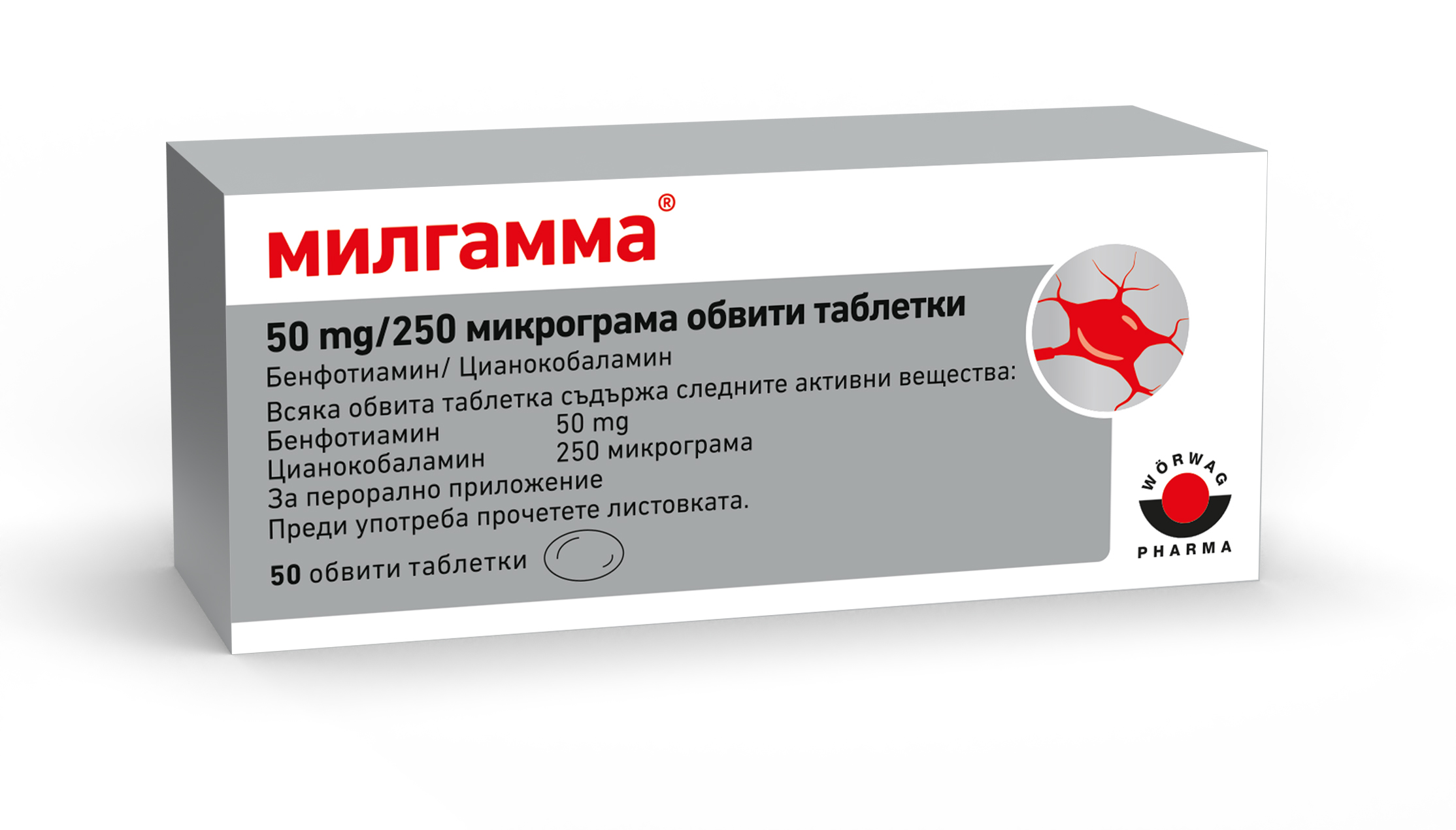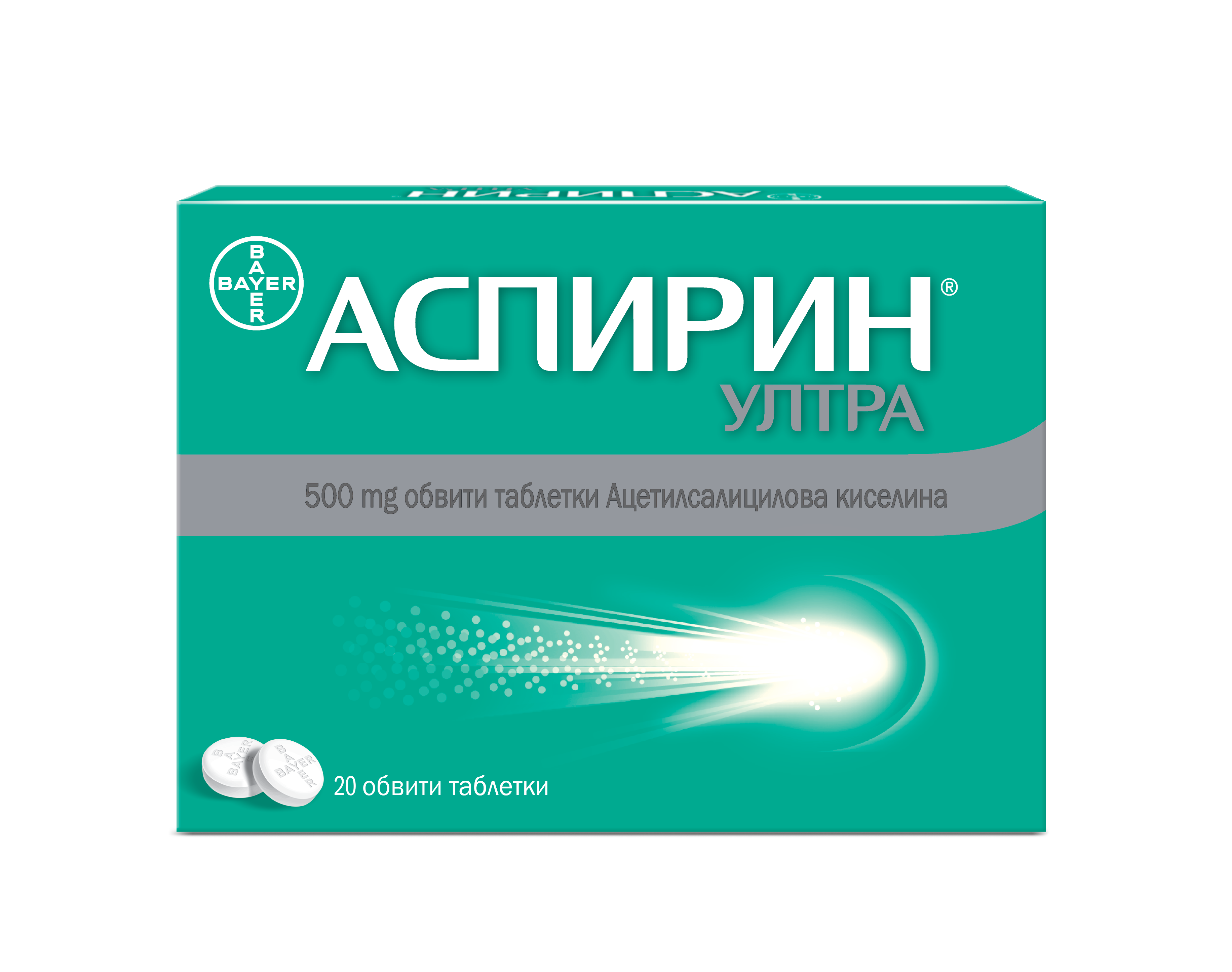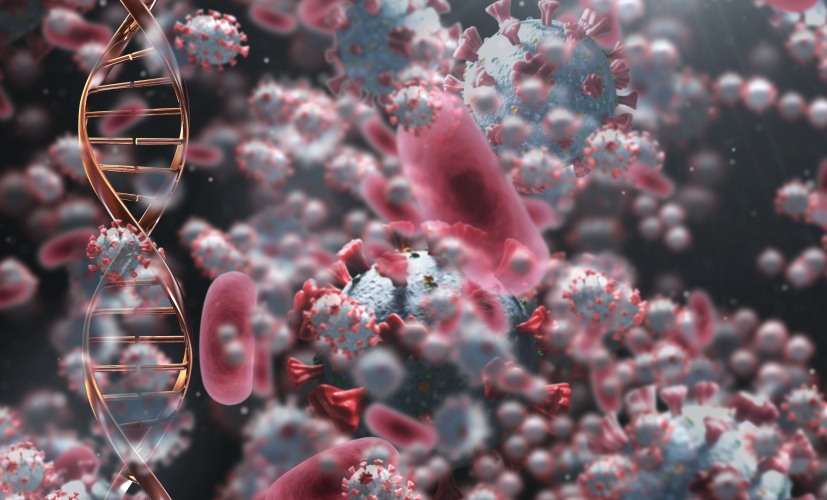
Headache is a challenge that everyone has faced at least once. It has a direct impact on daily life, performance at work, social life and well-being.
It is usually difficult to give a specific cause for headaches. Time needs to be set aside to track under what circumstances and where they appear.
In this blog article, you will learn what a headache is, what types it is, what causes it, and how to deal with it.
What is a headache?
A headache is characterized by discomfort and a feeling of soreness in the head area. It can be due to a number of reasons, including stress, trauma, incorrect posture, taking certain medications and others. In some cases, there may be a more serious cause behind the problem, but this is not that common.
It is important to note that headache itself is not a disease, but a symptom. To find out why the unpleasant feeling appeared, you should consult a doctor.
Types of headache
Headache is divided into four main types. Each of them is characterized by specific symptoms. This makes it easier to distinguish them. In order to be calmer, it is necessary to be able to distinguish between the types of headaches. In this way, you will be able to reach their original source more quickly and you will be aware of how to deal with them.
1. Tension-type headache
This is the most common type of headache. With him, the discomfort is felt in one place, does not pulsate and does not move.
Among the possible causes of tension-type headaches are stress and fatigue. They cause tension in the muscles of the head and neck, which can lead to discomfort.
If you want to avoid this headache, we advise you to limit excessive emotional stress and try to keep your neck always in the right position. It is also advisable to avoid exposure to loud noises and bright lights, as these can also cause soreness.
2. Migraine
A migraine is characterized by a throbbing pain in the head. It is chronic, and the headache can be moderate to severe.
In general, a migraine affects only one side of the head and can last from a few hours to days. Common accompanying symptoms include nausea and vomiting, as well as increased sensitivity to sounds and lights. It is possible that you may experience numbness and difficulty speaking in some cases.
Until now, it is not completely clear what is the specific reason behind this unpleasant pain in the head. Migraines are sometimes thought to be hereditary and may be due to factors such as environment and higher blood flow.
Our advice to you is to monitor when the migraine occurs. We recommend that you avoid excessive stress and sudden changes in your sleeping habits. It is important to try to limit smoking and caffeine intake. If the symptoms intensify and the headache lasts too long, consult a doctor because the problem may be more serious.
3. Neuralgia
Neuralgia is known for the sudden and stabbing pain in the head. She has an irritated nerve, which leads to the appearance of headaches in the temple and behind the eyes.
At this stage, it is not known what causes neuralgia. Usually it does not last long, but the pain is sharp and strong.
Alcohol intake is thought to be related to neuralgia. That is why it is recommended to avoid alcoholic beverages or limit their consumption to a minimum.
4. Sinus pain
Sinus causes pain in the forehead, cheeks and the area around the eyes. This headache is mild and can be aggravated by certain movements and bending over.
The malaise is caused by allergies, the flu or a cold. It can last up to a week and a half, and there are some things you can do to ease it.
Inhalations or placing a warm compress in the temple area are suitable for sinusitis relief. You can also consult your doctor or pharmacist about suitable products, such as an isotonic nasal spray or drops for daily use, to help thin the mucus in the sinuses.
Pay attention to whether the headache lasts longer than usual and whether the symptoms do not subside even after using medication. If you notice that the pain intensifies, a consultation with a doctor is necessary.
How to distinguish a headache from a migraine
Headache and migraine have similarities but also differences. It is important to remember that not every severe headache is a migraine. There can be many reasons for the appearance of intense pain in the head, some of which are life-threatening.
Migraine usually affects one side of the head, and in rarer cases it affects both parts. Her pains are sharp and throbbing and can last for a long time.
Headache pain is most often in the temple, forehead, back of the neck, and sometimes in the shoulders. He feels a sense of tension and pressure. This can last from minutes to a week. It is possible that the appearance of this condition is caused by anxiety, stress or muscle tension.
Main causes of headaches
The occurrence of headaches can be due to a number of factors. Most of them are not related to a health problem, but there are some that are a signal of something serious.
1. Stress
Stress is one of the main causes of headaches. Stress is a part of most people's daily lives, but when it accumulates it can reflect on their well-being.
When the body is subjected to regular anxiety, the neck and head muscles tighten. This leads to a headache in the forehead as well as in the back of the head.
In order to reduce stress levels in the body, we recommend that you get the necessary hours of sleep. It is directly related to both mental and physical health, weight control and even memories. You can learn more about full sleep and why it is key to health in our article "Full sleep is your best friend".
Try to sleep at least 7 hours a day - this will help you to be more relaxed and efficient in your daily life. If this does not help, consult your doctor. He can give you guidance on appropriate practices, diet, and in some cases, supplements and medications to help control your stress levels and get quality sleep.
2. Improper posture
A large number of people work at a desk, thus their body posture is often incorrect. This leads not only to back pain, but also to headaches.
Incorrect posture usually causes pain in the back of the head. It gets worse when you stand up and may get worse during the day.
3. Dehydration
Drinking water is of particular importance for the functioning of any organism, but it is sometimes neglected. Insufficient fluid intake can feel like a shooting pain in the head. It is possible that this will also lead to dizziness, which in turn will directly affect the performance of some activities.
4. Improper and/or irregular nutrition
Eating, like drinking water, is among the basic needs of people. Consuming quality products is key to your health, but in the hectic everyday life it is often the case that one or more essential meals are missed. However, insufficient food intake can lead to headaches, loss of balance and other health problems.
With irregular or incorrect eating, the headache is usually in the front. In addition to the headache, you may also feel an upset stomach, as well as nausea. It is recommended to try to eat well and avoid heavy foods.
5. Staring at a screen
Sitting in front of the computer, phone and TV are often among the main causes of headaches and eye pain. Staring at a screen for a long time puts strain on the eyes and brain, and this can lead to headaches. It is a good practice to limit the time you spend in front of different devices as much as possible.
How to deal with headaches
Headache does not ask and can appear at the most inopportune moment. This does not mean that you are powerless in front of it and you have to wait for it to pass by itself.
If you have the opportunity, relax the body and relax. Even a few minutes would go a long way in making you feel better. Take a deep breath and give your body a few moments of peace.
If you mainly feel the pain in the temple or forehead, you can gently rub the area with your fingers. That would calm the tension that had built up there.
Don't forget to drink water. Adequate fluid intake is the basis for the proper functioning of the body. Without water, it cannot work fully, and this directly affects your health. Drinking water will help prevent headaches. If you feel a headache, drink a glass of water first, then wait to see if it brings the desired headache relief.
If this does not help, you may need to take an anti-headache medication. In the commercial network there is a large selection of drugs that fight against headaches. If you have not taken anything like this before, or if you do not know what to stop, ask your doctor or pharmacist.
When to seek medical attention
As you already understood, headaches can appear for a number of reasons and go away on their own after a short period.
Sometimes, however, headaches can signal a more serious health condition that needs medical attention.
If the headache you're experiencing gets worse and lasts longer than usual, see a specialist. If other symptoms such as nausea, vomiting, high fever, difficulty speaking and vision problems occur, seek medical help immediately.
Headaches are a common condition. They are unpleasant and can prevent the performance of some activities at home and at work. A healthy diet, exercise, good sleep and relaxation are among the key factors in dealing with headaches.
Again, we remind you that headaches can be dangerous. If symptoms worsen or new ones appear, it is more than advisable to see a doctor as soon as possible.




















